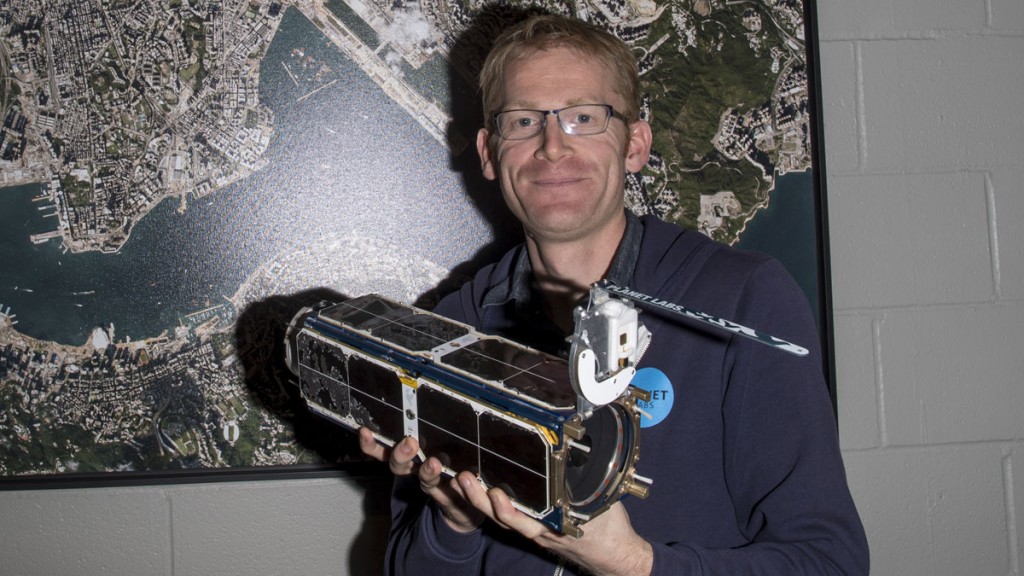
Hedge funds are increasingly turning to data that are literally out of this world. Planet Labs, founded by three former Nasa scientists (including Will Marshall, pictured above), has launched five dozen tiny satellites, each no bigger than a shoebox, into space. The firm, set up with $183m in venture capital funding, plans to hitch a ride off rocket launches to the International Space Station next year to pepper the outer reaches with another 40-odd “cubesats”.
These tiny satellites are able to take far more pictures of spots such as supermarket car parks, oil storage tanks and farms than regular satellites, providing insight into everything from retail sales at Wal-Mart to how well the harvest is going.
The data haul can be huge, reports Bradley Hope in The Wall Street Journal. On 9 August, Descartes Labs, a firm that makes use of satellite imagery for trading purposes, served up one petabyte of data – that’s one million gigabytes – to help hedge funds make bets on US corn production ahead of the official data released three days later.
However, such “alternative data” (as opposed to traditional data feeds) “can be difficult to use without an in-house data scientist and it can sometimes be unreliable”. Hence Orbital Insights, an analytics firm founded by a former Google executive that has teamed up with Planet Labs, has made it its business to sift through the data and sell trading signals to the hedge funds, desperate for anything that offers them an edge.
And therein lies the problem with this kind of battle for a trading advantage, says Matt Levine on Bloomberg.com. “There is an arms-race effect: if other hedge funds have satellite data, you need to have satellite data, or your analysis will be just a little bit less informed than theirs.” The result is that your very expensive, complicated, high-tech attempt to analyse companies and economies is unlikely to lead to a sustainable advantage. That’s why “most of my money is in index funds”.